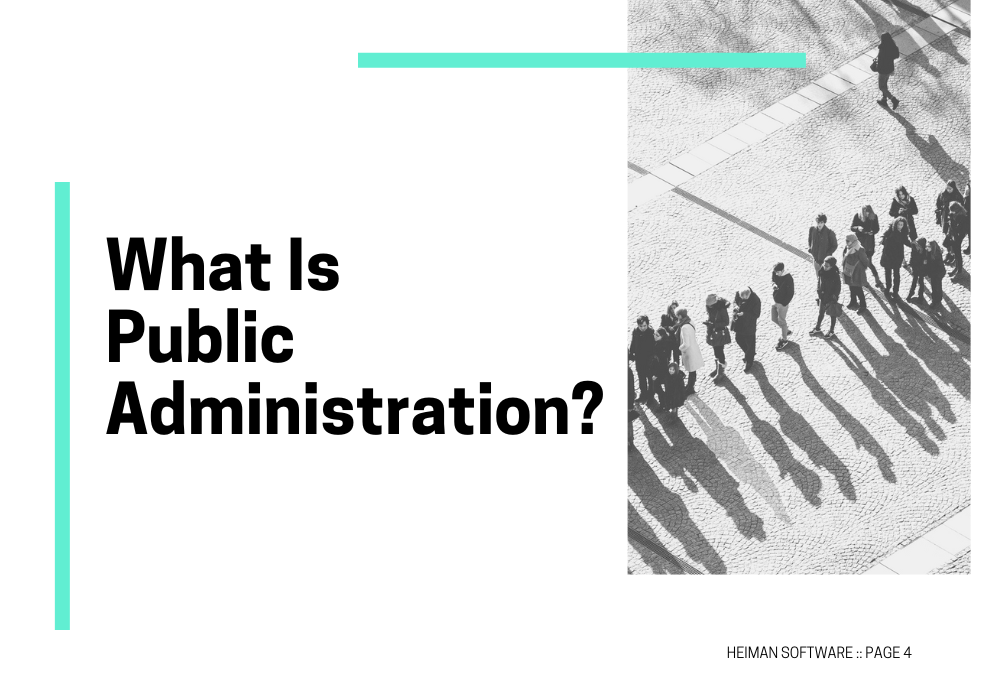Public administration is a field focused on the implementation of government policies and the management of public programs and services. It encompasses the practices, structures, and processes involved in running government operations and ensuring that public services are delivered efficiently and effectively. This article provides an overview of public administration, exploring its key components, functions, and importance in contemporary society.
1. Understanding Public Administration
Public administration involves the organization, implementation, and evaluation of government policies and programs. It is integral to ensuring that public services are provided to citizens and that government operations run smoothly.
a. Definition and Scope
- Overview: Public administration is the process of managing and executing government functions and services at various levels of government.
- Scope:
- Policy Implementation: Enacting and enforcing policies set by elected officials.
- Public Service Delivery: Providing essential services such as education, healthcare, and infrastructure.
b. Historical Evolution
- Overview: The field of public administration has evolved over time, adapting to changing political, social, and economic conditions.
- Key Phases:
- Early Beginnings: Origins in ancient civilizations with rudimentary forms of government administration.
- Modern Development: Professionalization and formalization in the 19th and 20th centuries.
2. Core Functions of Public Administration
Public administration encompasses several core functions that are crucial for the effective functioning of government and the delivery of public services.
a. Policy Formulation and Implementation
- Overview: Public administrators play a key role in shaping and executing government policies.
- Functions:
- Policy Analysis: Assessing and analyzing proposed policies to ensure they meet public needs.
- Implementation: Executing policies through various government agencies and departments.
b. Public Service Management
- Overview: Effective management of public services ensures that essential services are provided efficiently to the public.
- Management Areas:
- Service Delivery: Overseeing the provision of services such as education, healthcare, and transportation.
- Resource Allocation: Efficiently allocating resources to meet service demands and priorities.
c. Budgeting and Financial Management
- Overview: Public administration involves managing government finances, including budgeting and expenditure.
- Key Activities:
- Budget Preparation: Developing and approving budgets for government departments and programs.
- Financial Oversight: Monitoring and controlling expenditures to ensure accountability and transparency.
d. Human Resource Management
- Overview: Effective human resource management is essential for recruiting, training, and retaining a skilled workforce in public administration.
- HR Functions:
- Recruitment and Hiring: Attracting and selecting qualified candidates for government positions.
- Training and Development: Providing ongoing training and professional development for public employees.
3. Key Components of Public Administration
Public administration involves several key components that work together to ensure effective governance and service delivery.
a. Government Institutions
- Overview: Government institutions are the organizations and agencies responsible for implementing and managing public policies and services.
- Examples:
- Federal Agencies: Departments such as the Department of Health and Human Services.
- Local Government: Municipal and county offices responsible for local services and administration.
b. Regulatory Framework
- Overview: Public administration operates within a regulatory framework that sets rules and guidelines for government operations.
- Components:
- Laws and Regulations: Legal statutes and regulations governing public administration practices.
- Policies and Procedures: Internal guidelines and procedures for managing public services and programs.
c. Public Sector Leadership
- Overview: Leadership in public administration involves guiding and directing government agencies and programs.
- Leadership Roles:
- Elected Officials: Individuals such as presidents, governors, and mayors who set policies and priorities.
- Administrative Leaders: Managers and directors within government agencies responsible for day-to-day operations.
4. Importance of Public Administration
Public administration is crucial for ensuring that government functions effectively and that public services meet the needs of citizens.
a. Ensuring Efficient Service Delivery
- Overview: Effective public administration ensures that essential services are delivered efficiently and meet the needs of the public.
- Benefits:
- Timely Services: Providing services in a timely manner to enhance public satisfaction.
- Quality Assurance: Maintaining high standards of service quality and accountability.
b. Promoting Accountability and Transparency
- Overview: Public administration plays a key role in promoting transparency and accountability in government operations.
- Mechanisms:
- Oversight: Implementing oversight mechanisms to prevent corruption and misuse of resources.
- Public Reporting: Providing regular reports and updates on government activities and finances.
c. Supporting Democratic Governance
- Overview: Public administration supports democratic governance by implementing policies and programs that reflect the will of the people.
- Functions:
- Policy Implementation: Ensuring that elected officials’ policies are executed effectively.
- Citizen Engagement: Facilitating public participation and feedback in government processes.
5. Challenges in Public Administration
Public administration faces several challenges that impact its effectiveness and efficiency. Good project management software will help you collaborate effectively and ensure that your projects are successful.
a. Resource Constraints
- Overview: Limited resources and budget constraints can impact the ability to deliver services and implement programs.
- Challenges:
- Budget Cuts: Reductions in funding that affect service delivery and program effectiveness.
- Resource Allocation: Balancing resource allocation to meet competing demands and priorities.
b. Bureaucratic Inefficiencies
- Overview: Bureaucratic processes and inefficiencies can hinder the effectiveness of public administration.
- Challenges:
- Red Tape: Complex procedures and regulations that slow down decision-making and implementation.
- Administrative Overhead: Excessive administrative costs and inefficiencies.
c. Adapting to Change
- Overview: Public administration must adapt to evolving societal needs and technological advancements.
- Challenges:
- Technological Integration: Implementing new technologies and systems to improve service delivery.
- Changing Demographics: Addressing the needs of a diverse and changing population.
Conclusion
Public administration is a vital component of government that ensures the effective implementation of policies and the delivery of essential services. By understanding its core functions, components, and importance, as well as the challenges it faces, we can better appreciate the role of public administration in maintaining effective and responsive governance. As society evolves, public administration must continue to adapt and innovate to meet the needs of citizens and support democratic governance. |












